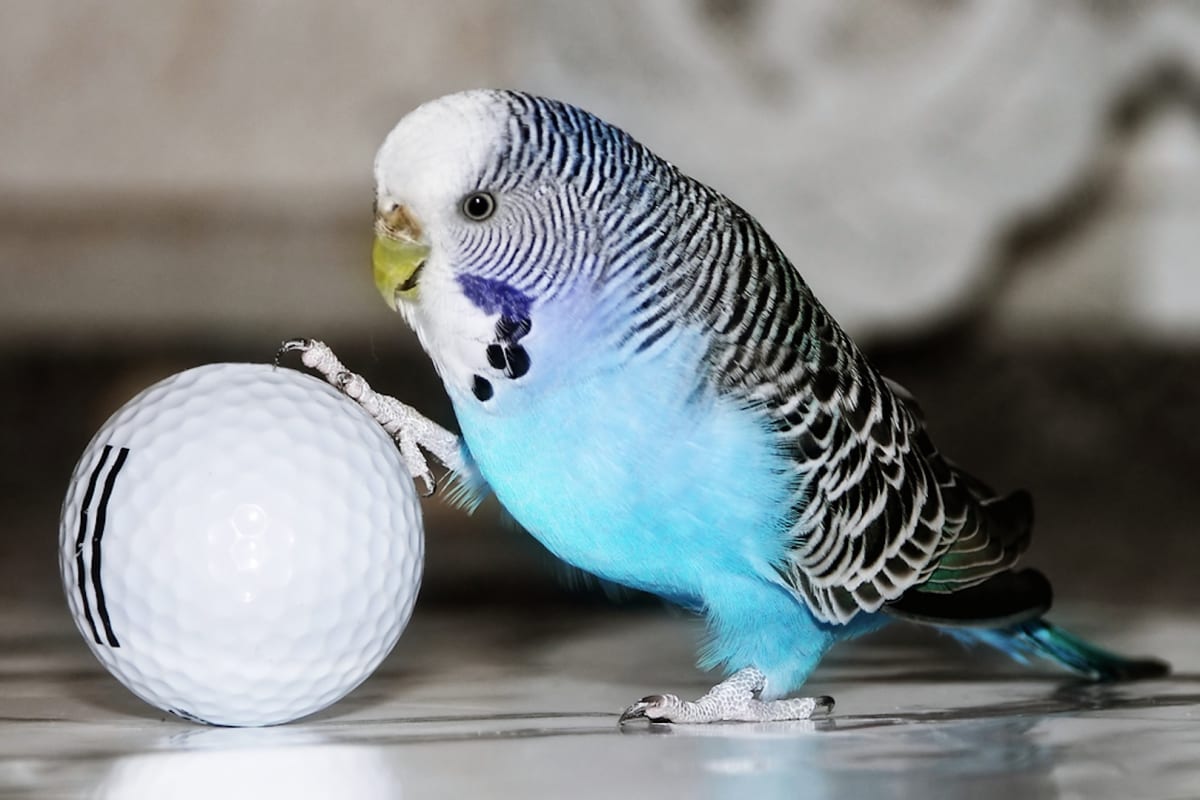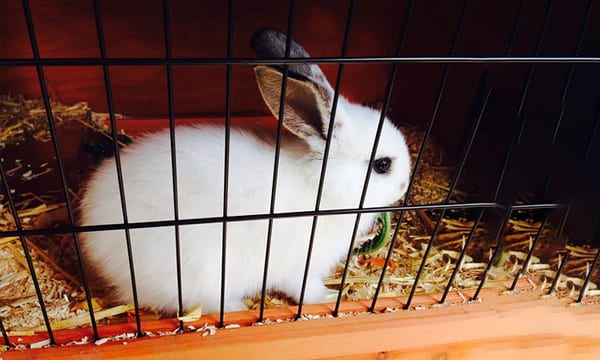So you want to learn how to keep cats from scratching furniture and destroying your things? You are in luck then!
This guide contains a host of ideas on tips and tricks on how to keep kitty from destroying things and getting cats to scratch where we want them to. But first things first, let’s see why they do it, and then let’s discuss some common myths and misunderstandings!
Why Do Cats Scratch and Knead?
Cats are hardwired to knead & scratch. Big cats like lions and tigers, along with the much smaller domestic counterparts, learn this habit from birth.
Believe it or not, they are the only ones in the animal kingdom that exhibit this behavior. They learn it from birth, and it is believed to be one of the ways in which they communicate and leave their mark.
Basically, it is one of the ways in which they let other cats know that this is their territory.
Understanding the whys of this behavior will help us find ways to accept it. It will also help stop our cats from destroying our sofa and other furniture around the house.
While we cannot stop cats from kneading and scratching, we can learn to live with it and direct our fur babies to acceptable places to scratch. For example, things like cat scratching posts, cat trees, and cat beds.
This is a topic near and dear to us, as scratching is one of the top five behavior reasons that cause people to give up their pets. This topic is so dear to this author, that she talks about it in detail on Paws for Reflection too.

via Giphy
Myths & Other Things to Know
As you learn how to keep cats from scratching furniture, it is also important to learn a few things about this behavior and also about kneading.
1. Kneading
Kneading is often referred to as making biscuits.
The back and forth motion of the cat’s front paws resembles the back and forth motion people use to knead bread. While not all cats will knead, all cats will scratch.
For years, it was assumed that cats were sharpening their claws to remove the dead outer layer of them. As a cat claw grows, it sheds the claw’s sheath, sort of like peeling an onion, to reveal a new sharp claw every few weeks.
While their claws do not get much larger with age, they become sharp as the old dead outer layer is peeled away to expose a new, fresh, sharp claw. That’s why it’s important to clip your cat’s nails on a regular basis. A cat’s nails should be trimmed about every two to three weeks.
If you aren’t sure how to do, rest assured! There are several products on the market designed to do just that.
Cats also knead and scratch to stretch their bodies and flex their feet and claws.
2. Communication and Territorial Markings
Nowadays, it is also believed cats knead and scratch as a way to communicate. Namely, to let other felines know where they are or were.
Cats are very territorial – another trait hardwired into felines. They have scent glands between their toes in their paws.
When they make scratching or kneading movements, they leave odor cues other cats can smell. Humans cannot detect these odors.
These scent glands mark their territory by leaving both a visual mark and an odor (or scent) on their claws. This could be a territorial warning, or a marker stating that a particular cat resides here and is alive and well.
Because it’s an instinct and hardwired into your cat’s DNA, you can’t change this behavior. Even declawed cats (we do NOT endorse this practice) will knead and scratch.
Scratching and kneading is something cats need to do, and cannot stop. So, never, Never punish your cat for scratching furniture or your woodwork.
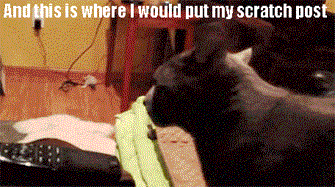
via Giphy
Learning How to Keep Cats from Scratching Furniture: A Guide
There are options (and we are NOT a proponent of declawing) for a cat to knead and scratch without destroying your things.
One way is through the use of scratching posts and cat trees. They offer your felines a place where it is acceptable to scratch. Here are some tips that will help you find the right type of scratching post – that your cat will be sure to use.
How to Select a Cat Scratching Post:
- Observe your cat’s scratching behavior. Being aware of this will help you chose the right alternatives and will help train your cat to scratch in acceptable places.
- Find an answer to the following questions: When does the cat scratch? What’s the texture? Is it sturdy? Is it wood or your couch?
- Strategically place scratching posts and cat trees throughout your home in places where your cat is scratching. Do not forget them in a corner or the basement.
Did you know that cats like to scratch in places where their human spends a lot of time? That’s not the basement. It’s on the sofa or your favorite comfy chair.
- Placement is key, as cats like to scratch near where their human spends a lot of time. That because scratching is a way of complementing your scent with theirs. It is marking a piece of furniture as owned by you and your cat.
- We suggest using several different posts in various locations. That includes both the first and second floors for multi-level homes.
- Have even more cat scratching posts for multi-cat households.
- Make sure the scratching post is long enough so your cat can stretch out its ENTIRE body while scratching and making biscuits with their paws. This is especially true for horizontal (upright) posts. For an adult cat, the scratching post should be 36 – 42 inches high.
- Invest in vertical, angled, and horizontal scratching posts, giving your kitty options on how to scratch. Some cats prefer vertical posts. Others like horizontal ones.
- Spray catnip on the scratching post to help it gain your cat’s attention and interest.
- You can also rub anything with your scent on the post. It can be an old worn-out T-shirt or a used towel.
- Place a cat toy over the scratching post – it will create a fun place for your cat to play as well as scratch.
Recommended: We have a whole article dedicated to cat scratching posts right here!
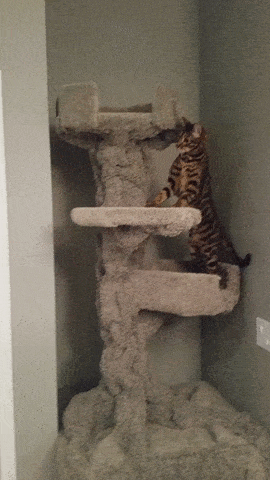
via Giphy
Cat Trees and How to Select One:
Cat trees provide another option for kitty to stretch out and play. Your cat can knead and scratch while laying down, or while scaling up to the top of the tree. It can knead the cat tree while napping and soaking up the sun, as well.
Recommended: We have a whole article dedicated to cat trees right here!

via Giphy
How to Entice Your Cat to Scratch Only in Acceptable Areas
All of the above are just tips and tricks and they may not stop your cat from trying the glee of clawing your new sofa. So here, we offer some additional optional on how to keep cats from scratching furniture:
- To stop your cat in action, make a loud noise, like clapping your hands. This way, you’ll capture their attention as they’re scratching in an undesirable spot. This acts as a sort of diversion.
- Put a blanket or a heavy towel on your lap so that your cat’s claws do not go into your skin.
- Place a heavy sheet, a mattress pad, or some other pad on your couch or comfy chair. You could even use a shower curtain or a plastic drop cloth. Then, place your couch or chair cover over it. It won’t show and will offer added protection in the event that your cat does start clawing at them.
- Put a material like a double-sided sticky tape such as Sticky Paws, or even aluminum foil on the area your cat is scratching
- Teach your cats where to scratch from a young age. While cats of all ages can be trained to change their behavior in this regard, it is easier to teach a kitten than an older cat.
- Put some type of barrier, like a box or another piece of furniture, to prevent your cat from getting to the area they want to scratch. We use boxes stuffed at the back of our sofa so the cat can’t get behind the sofa – a place he loves to scratch.
- If you see your cat scratching, call him or clap your hands. Entice them away with a cat treat or food, or with cat toys. Chances are they will learn this is a better option. And cats are particularly motivated by food.
- Cats don’t like the smell of citrus or menthol. So spray the area your cat is scratching with either of these two scents. You also can try placing cotton balls soaked in menthol or citrus on the surface. Change them every few weeks.
- Another common home remedy to scratching is the mix of water, eucalyptus oil, and lemongrass oil, which can be rubbed or sprayed on the furniture where your cat usually scratches.
- There are anti-scratching formulas (like the Claw Withdraw) which you might also want to consider. Most come in the form of a spray bottle or plug-in diffuser.
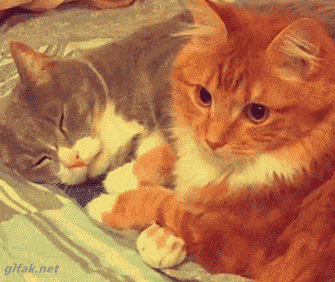
via Giphy
Conclusion
Keep in mind: not all cats react the same!
Therefore, some of the tips and tricks we presented above may work for one cat, but not another. Also, you might need to try a combination of these suggestions to actually get a result.
We suggest you try them out to see what works for you.If the behavior persists, you may want to check with your veterinarian or a cat behaviorist for other options too.
Do you have any tips and tricks of your own on how to keep cats from scratching furniture? If yes, please share them with us and the other readers. It could really help them out!
Recommended Read: How to Get a Cat to Drink Water: Tips & Tricks and Reasons to Do This!
BJ is an award-winning blogger/journalist, communications professional and photographer. She has taken her talents to blogging and letting the world have a better understanding of cats.


